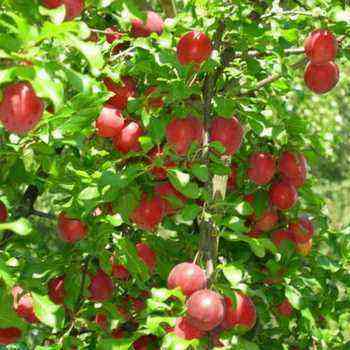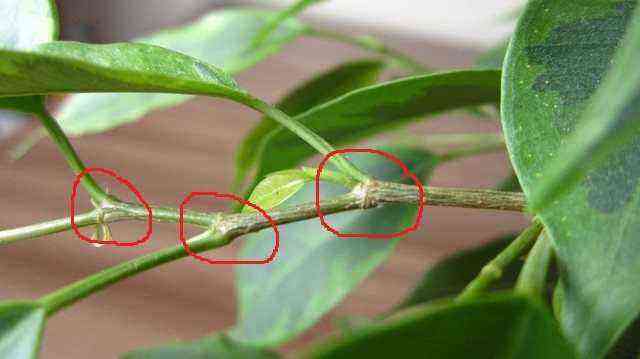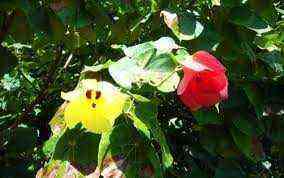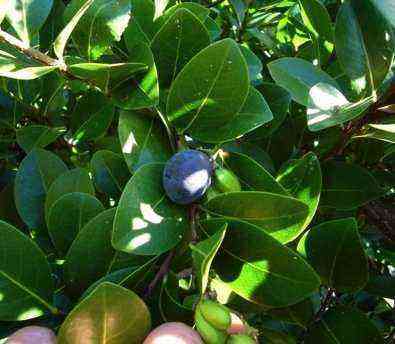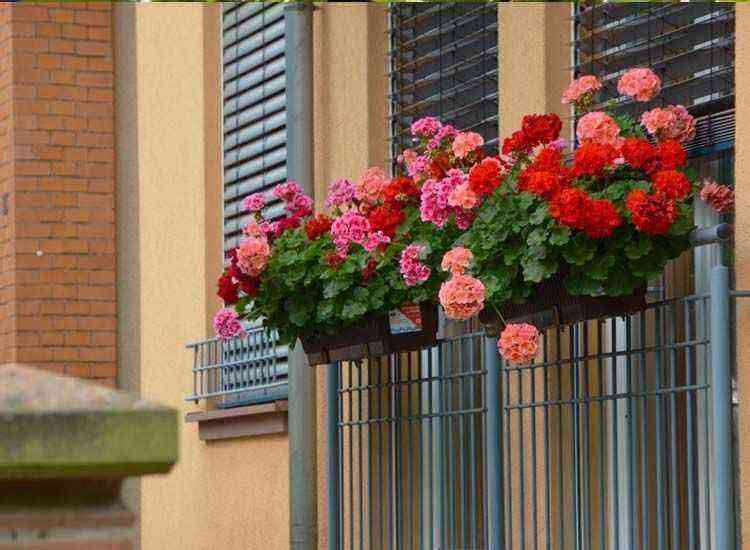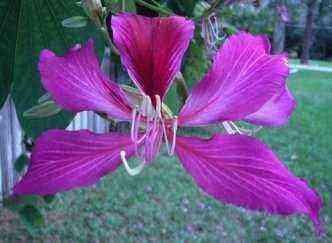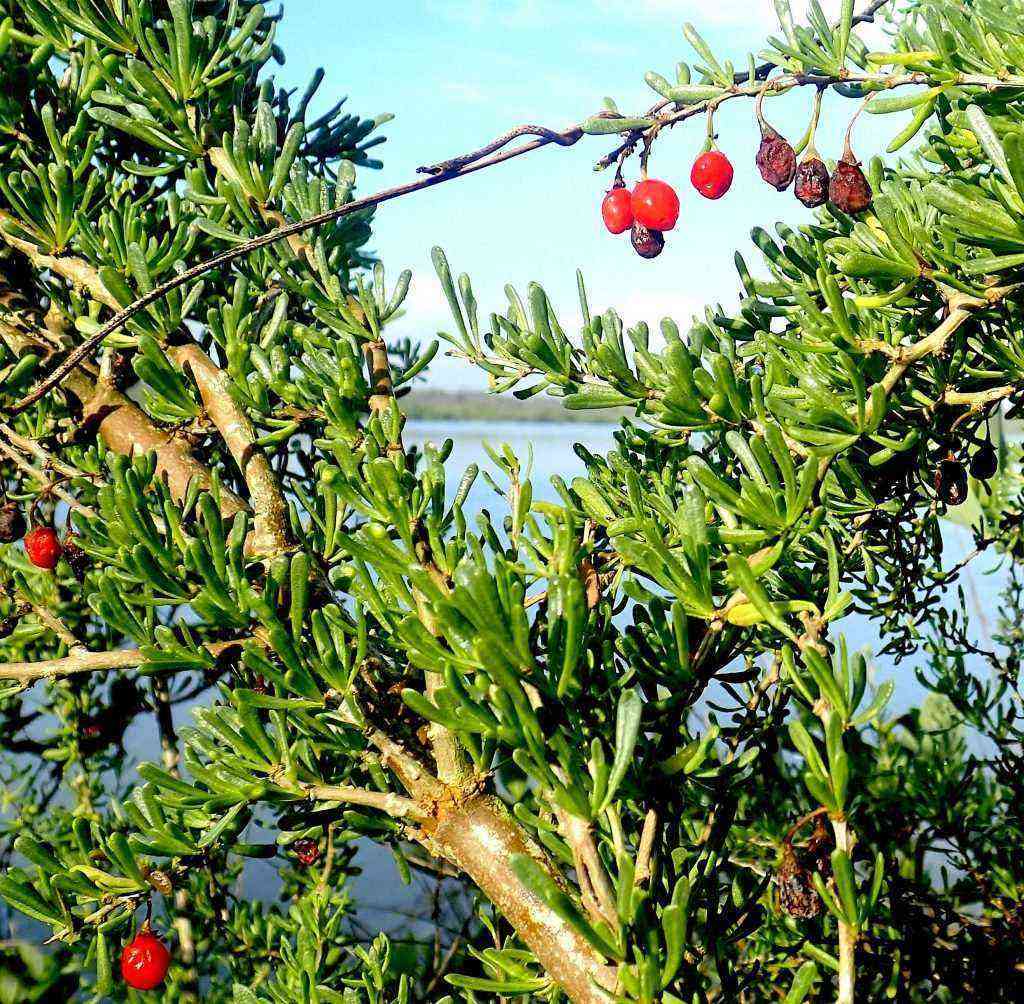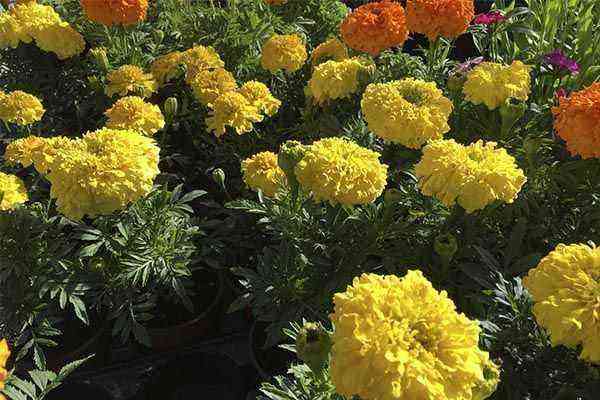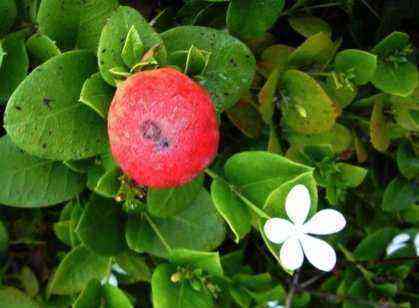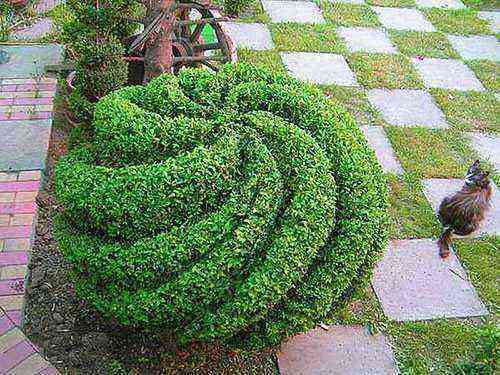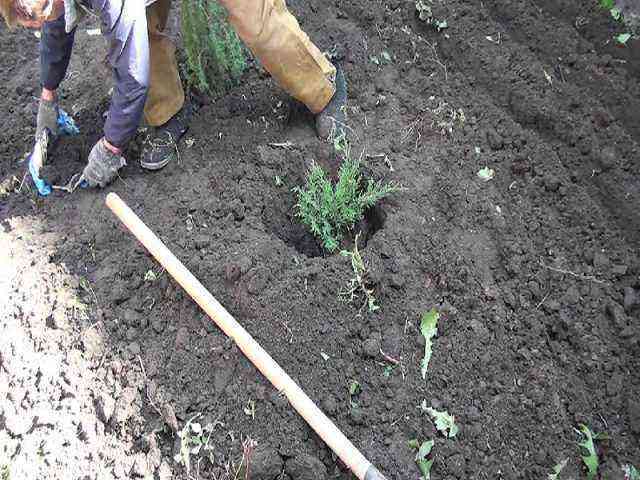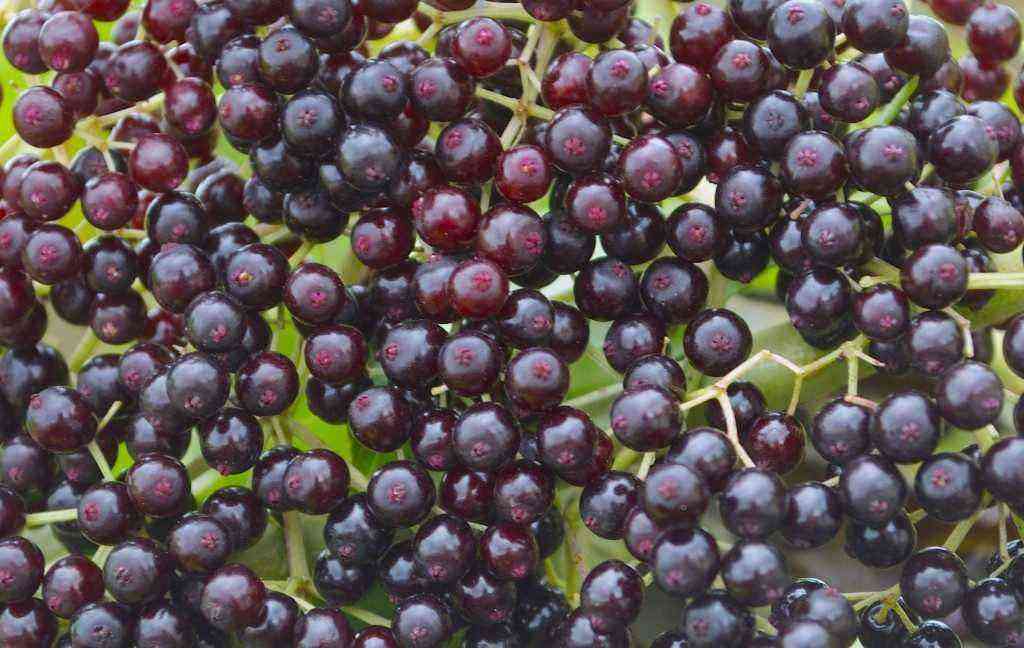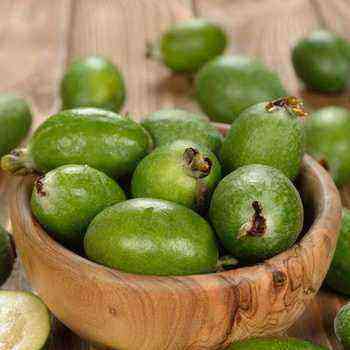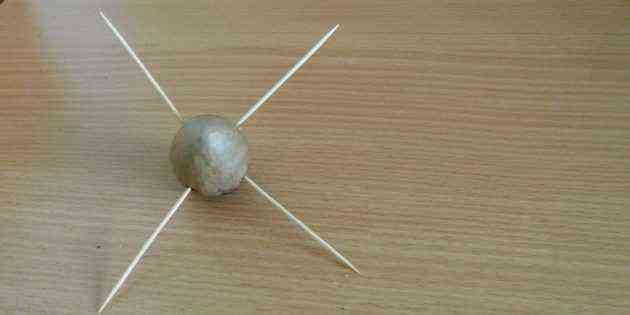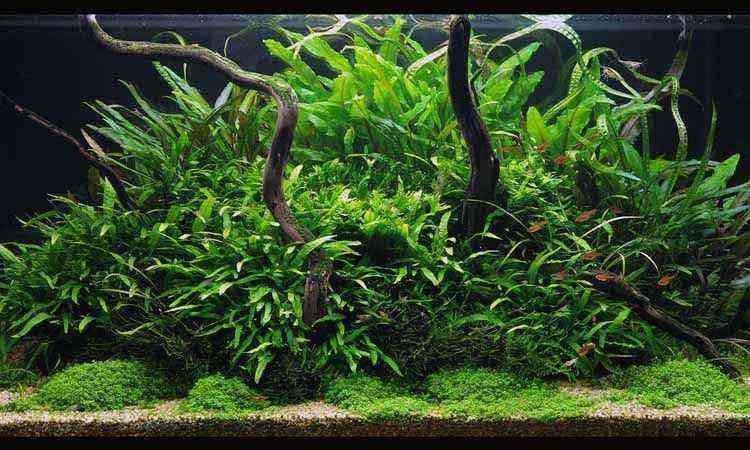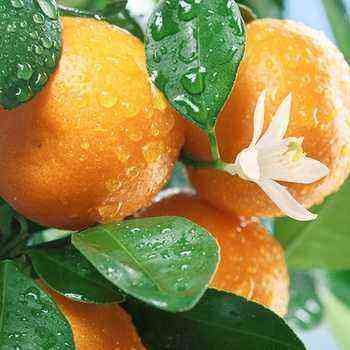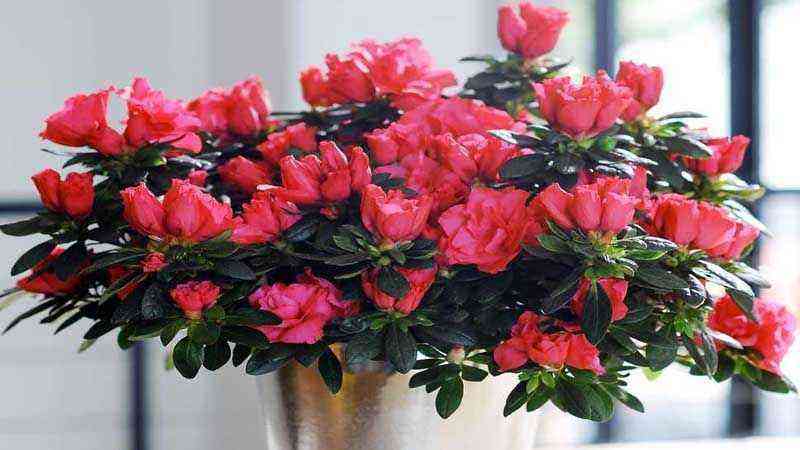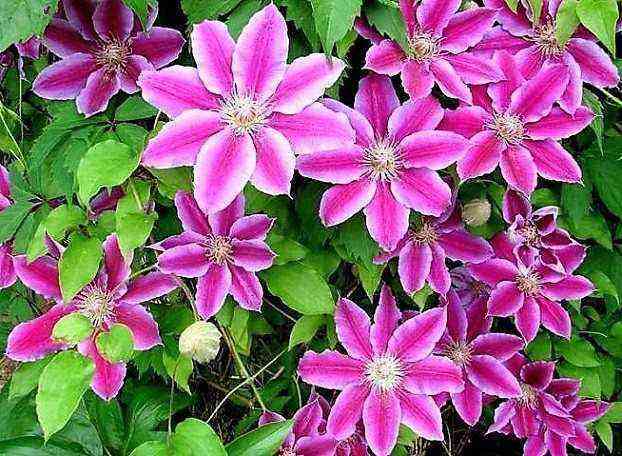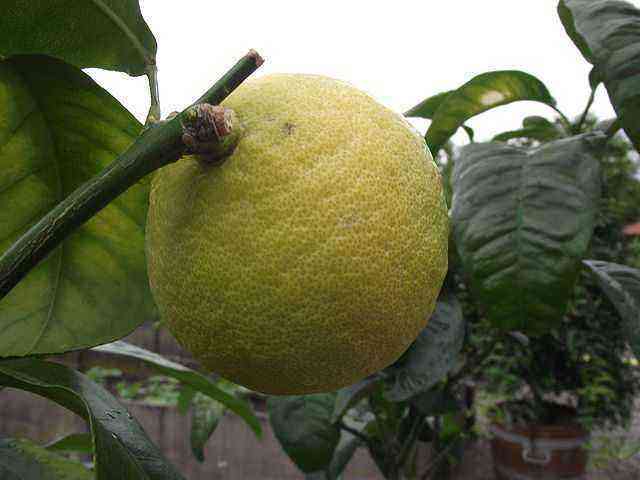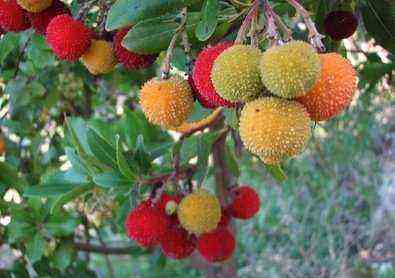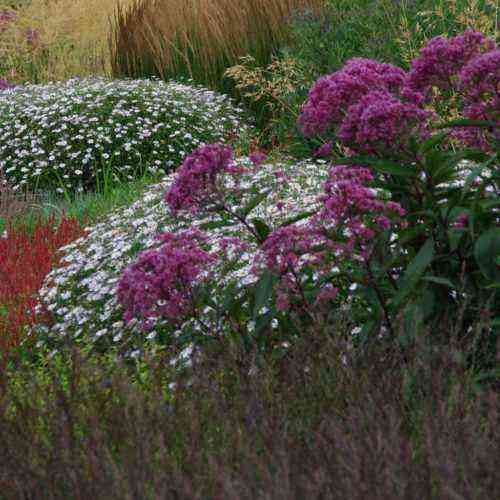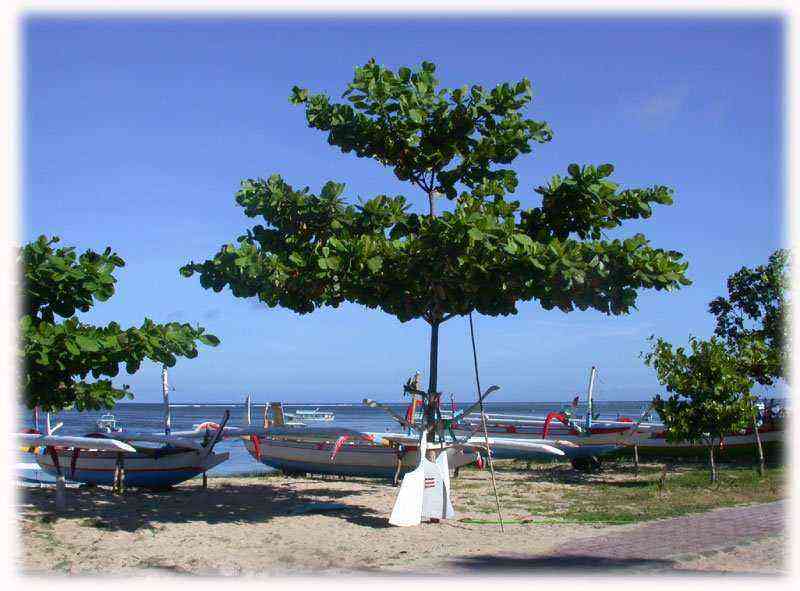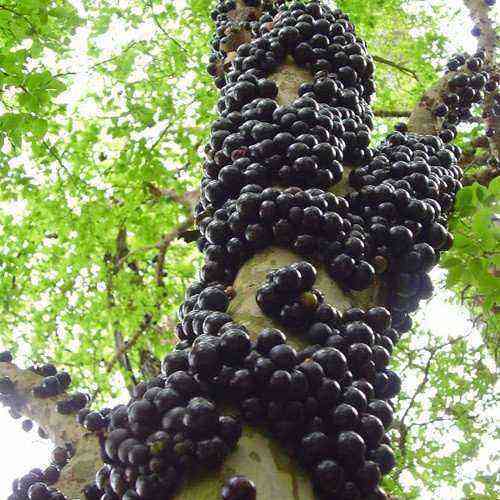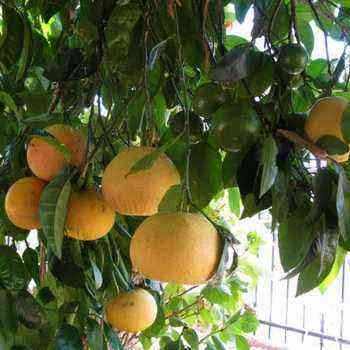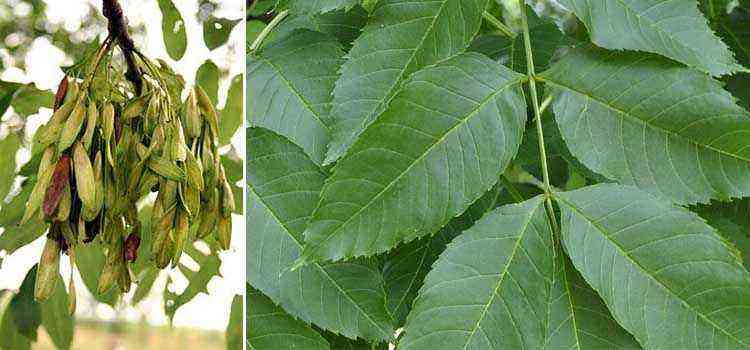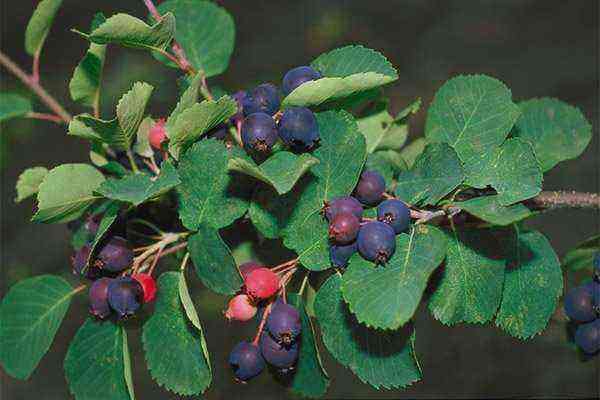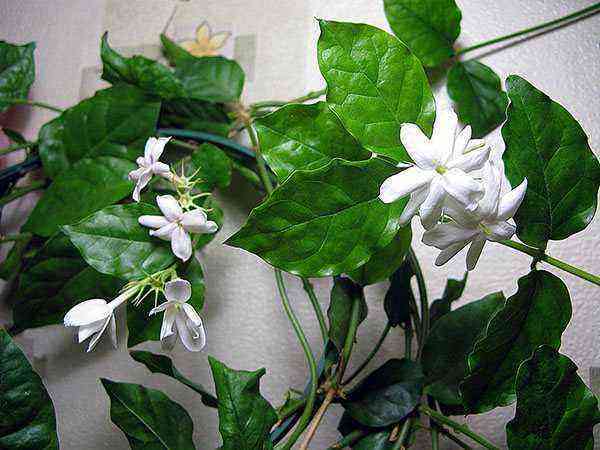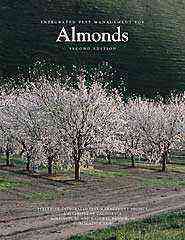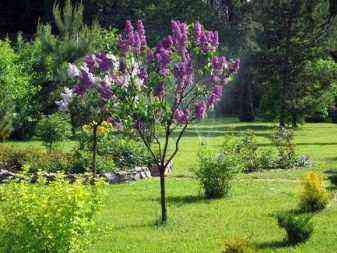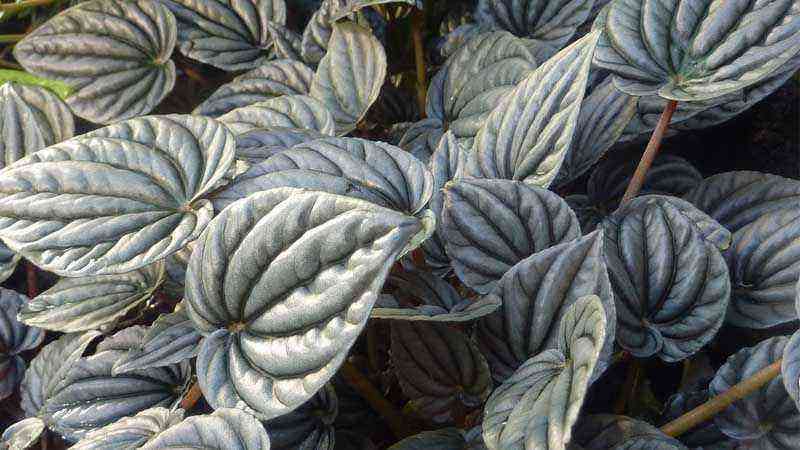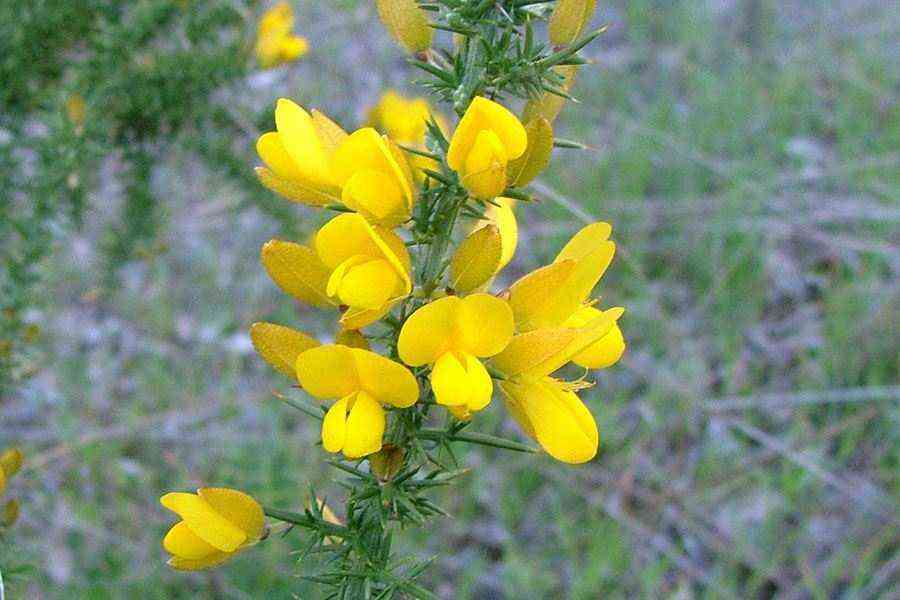 Chokeberry (chokeberry) came to European countries from North America. This culture, belonging to the Rosaceae family, is recognized as a medicinal shrub, its berries are widely used for medicinal purposes. In addition, chokeberry fruits have good nutritional qualities, but due to their slightly astringent taste, they are not used as actively as they deserve.
Chokeberry (chokeberry) came to European countries from North America. This culture, belonging to the Rosaceae family, is recognized as a medicinal shrub, its berries are widely used for medicinal purposes. In addition, chokeberry fruits have good nutritional qualities, but due to their slightly astringent taste, they are not used as actively as they deserve.
Unfortunately, we have a rather cool, if not condescending attitude towards black chokeberry. Yes, it grows in many dachas, but very often you can see how dark clusters of its berries go under the snow, without receiving recognition from the owners. Perhaps this is due to the fact that in cultural cultivation, chokeberry (this is its generic name in Latin) appeared too recently to get used to it in the same way as, say, for centuries cultivated black currant or the same rose hips.
Even birds and harmful insects do not eat chokeberries. This is not surprising – chokeberry came to us from America by biological standards quite recently, only in the century before last it was brought to Europe, at the beginning of the last century – to Russia. And in our country, at first, it was cultivated only as an ornamental plant, having gained fame as a fruit plant thanks to the works of I.V. Michurin.
Yes, blooming chokeberry is very good, but it becomes even more beautiful in autumn, when its bluish-black berries favorably set off the beauty of bright crimson-red leaves. And yet, decorativeness is not its only advantage.
Chokeberry bushes, apparently, came to Russia for the first time at the beginning of the 1834th century and were grown in small quantities in nursery farms in Riga and St. Petersburg. In 1900, it was already mentioned in horticultural literature, and botanists F. Fischer, E. Regel and R. Schroeder give a detailed description of the chokeberry, noting, however, mainly only its outstanding decorative advantages. However, the real “start in life” was given to her in Russia by IV Michurin. Interested in the description of a little-known plant, in 1905, Ivan Vladimirovich ordered cuttings of chokeberry from a German gardening company, and already in XNUMX he presented to the public not her itself, but her intergeneric hybrid with our mountain ash, which he called Likernaya mountain ash.
Next, you will learn how the chokeberry is useful and how to grow it in the garden.
What are the benefits of chokeberry fruits?
The fruits are black in color, the average weight of the berries is 1,1 g, sweet with a slight astringency. They contain 6-11% sugars, 0,7-1,2% acids, a lot of vitamins P, C, PP, E, A, B2, B9, a large amount of iodine and other trace elements, a lot of tannins (0,6-0,35 , XNUMX%), so they are more suitable for processing than for fresh consumption.
The fruits of the black mountain ash tree are used in the confectionery industry, are used in medicine in the treatment of hypertension, various bleeding, and food coloring is obtained from them.
There is no doubt whether the chokeberry is useful. The high content of pectins in its fruits that bind toxins, for example, pesticides or salts of heavy metals (including radionuclides), helps to remove them from the body. In addition to this amazing useful property of chokeberry, pectins reduce the concentration of cholesterol in the blood, its binding and cleansing properties are very useful for the digestive system.
It is a favorable combination of vitamins C and P that is important not only for the prevention, but also for the treatment of cardiovascular diseases, especially the most common ones – hypertension and atherosclerosis. Vitamin P enhances the effect of vitamin C, its assimilation by the body plays a significant role in the fight against diseases of the nervous system, strengthens weakened immunity, increases the overall stability of the body.
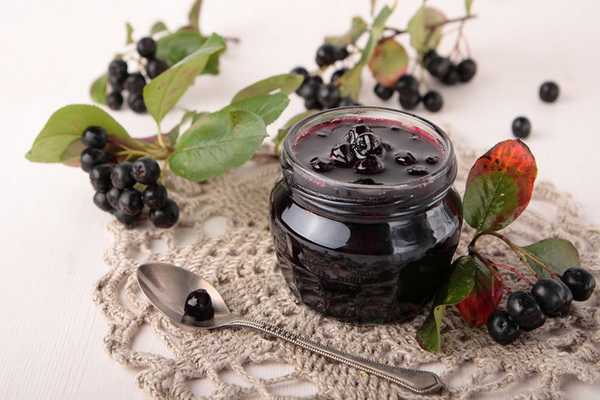

The color of dark, almost black fruits is due to a very high concentration of anthocyanins compared to other berries – these are plant pigments that are very useful for our body. Anthocyanins destroy various types of pathogenic bacteria, strengthen the immune system, helping to cope with infections. In their action, they are similar to vitamin P, strengthening the walls of blood vessels, in particular, having a beneficial effect on the condition of the capillaries. Anthocyanins contained in the fruits of the chokeberry plant accumulate in the tissues of the retina, improving the condition of its vessels, reducing their fragility. Their anti-edema action helps to reduce the pressure in the eyeball in glaucoma. Well, you definitely need to know that anthocyanins are powerful antioxidants, that is, substances that protect the cells of our body from damage.
The fruits of black chokeberry contain a lot of various microelements – iodine, boron, fluorine, iron, copper, manganese, molybdenum. A large amount of iodine is very important for the thyroid gland, especially in conditions of low iodine content in other plant products. The iodine content of chokeberry fruits can even be increased by using potassium iodide as fertilizer, thereby increasing the value of the fruit in the treatment of thyroid disorders.
The highest concentration of a biologically active complex of substances of chokeberry fruits is contained in their skin. It should be remembered that during fermentation – as you know, very tasty wines and tinctures are obtained from chokeberry – most of the nutrients are destroyed. Therefore, for the prevention and treatment of diseases, use only fresh, dried, frozen or processed fruits without fermentation.
Below are photos and botanical descriptions of chokeberry.
What does chokeberry look like: photo and description of leaves and berries
Chokeberry is a small shrub with numerous trunks, which, depending on the place of growth, can have a height of one and a half to two meters, sometimes growing up to four meters.
In the spring, with the onset of stable warm days, chokeberry bushes are covered with pinkish-white flowers, collected in corymbose inflorescences.
Look at the photo – the chokeberry trees have 15-25 flowers in each inflorescence, which decorate the bushes with a lush spring dress for one and a half to two weeks:
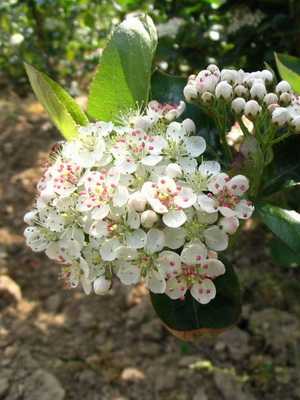
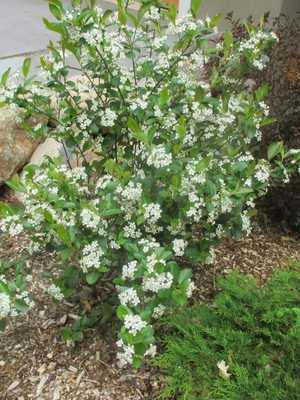
Chokeberry flowers have an unpleasant odor, but the bees apparently have a different opinion on this matter, since they always work busily and for a long time in its massive inflorescences, conscientiously performing a very important function – pollination. When describing chokeberry (chokeberry), it is worth noting its high attractiveness for bees. Beekeepers say that pollinating flowers, their wards do not go to waste: from one hectare of chokeberry plantations, bees collect 50-60 kilograms of tasty, fragrant honey with a characteristic reddish tint.
However, black chokeberry does not remain barren if bees, due to bad weather or for other reasons, do not come to bribes and do not pollinate its flowers. Aronia is largely self-pollinated. This, in particular, is one of the reasons for its extremely constant and stable yield. The fruit setting rate of chokeberry with normal cross-pollination (bees or other insects) is 90 percent. Its flowers, isolated from insects with gauze covers, form a full-fledged ovary by 50-60 percent.
The relatively late periods of its flowering also have a positive effect on the stability of fruiting of chokeberry. As if wise by long life experience, she does not react at all to the first, often changeable spring warming, patiently waiting for “her time”. Chokeberry blooms in the south of the non-chernozem belt only at the end of May, and the latest dates of its flowering are noted on June 9. Nevertheless, by mid-August – early September, depending on the growing area, the fruits have time to fully ripen.
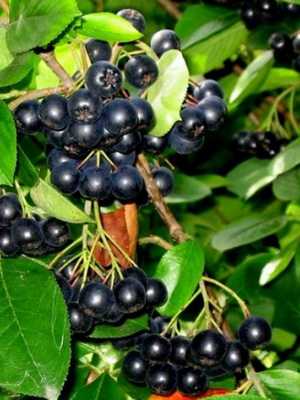
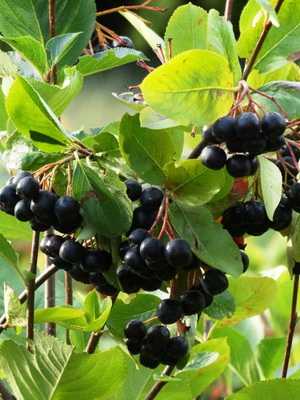
The dense, dark green, chlorophyll-rich leaves of the chokeberry make the most of the summer sun to create reserves of nutrients, and the highest intensity of chlorophyll synthesis is observed in it just during the period of fruit formation. Chokeberry begins to bear fruit unusually early. Often, seedling babies are already bearing fruit in the second or third year, and from the fourth or fifth year, the plants give stable yields.
The fruit of the chokeberry is defined by botanists as “apple”. At the beginning of development, the fruits are pubescent with grayish villi that fall off before ripening.
As you can see in the photo, the fruits of chokeberry (chokeberry), collected in weighty bunches, are so abundant that thin branches bend under their weight, drooping to the ground:
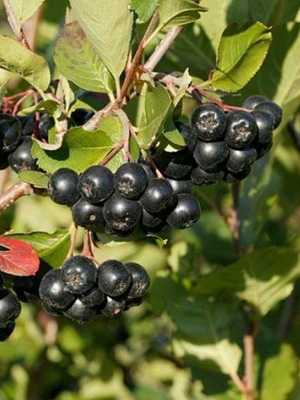
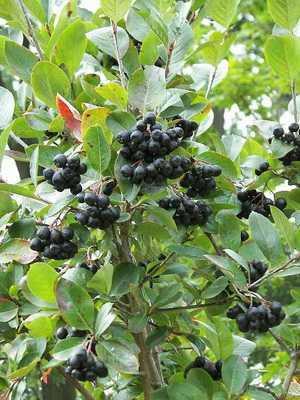
Separately, the fruit is round or slightly oblong, about a centimeter in diameter with a shiny, as if varnished surface of a dark red, almost black color. Each fruit contains 4–8 small, oblong, light brown seeds. A real “apple”, albeit in size and as small as a cherry.
Unlike the leaves of our forest rowan, complex odd-pinnate, chokeberry leaves, whole in shape and size, resemble cherry leaves. Like cherries, they are hard to the touch and leathery. Taking a closer look at the leaf, you will notice that its petiole and central vein are colored purple. By autumn, with the first light morning frosts, the leaves completely turn purple, and then individual bushes, edges and whole thickets of chokeberry seem to flare up, like cherry orchards, with a rich gamut of autumn colors: orange, yellow and red shades.
The black chokeberry bred by IV Michurin spread through the efforts of Altai breeders. There are several varieties of chokeberry, both domestic and foreign selection:
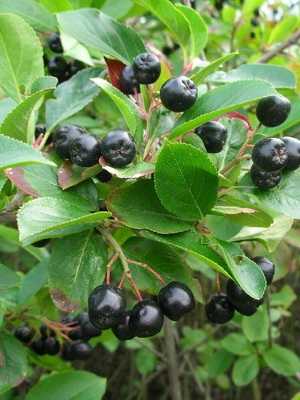
Viking
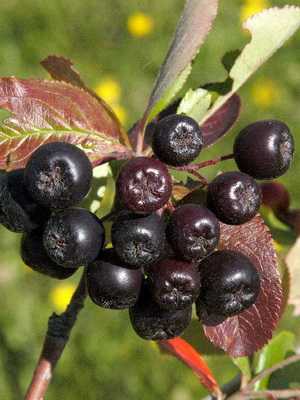
Hakkia

Karkhumyaki (Finland)
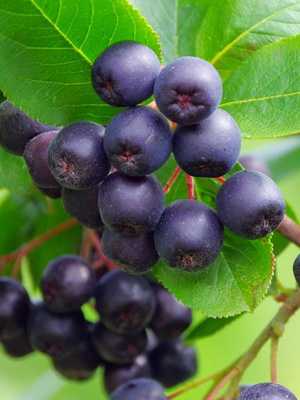
Aaron (Denmark)

Dabrowice
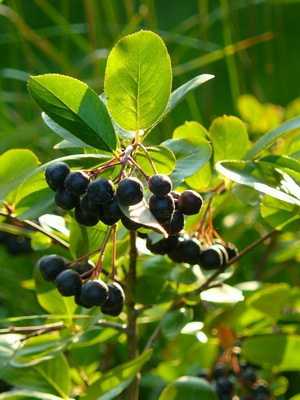
Kutno
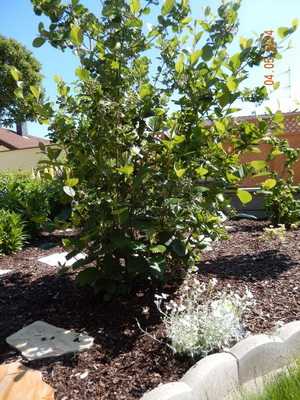
Egert (Poland)

Nero (Germany)
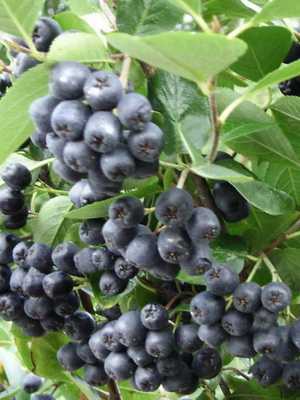
Venice
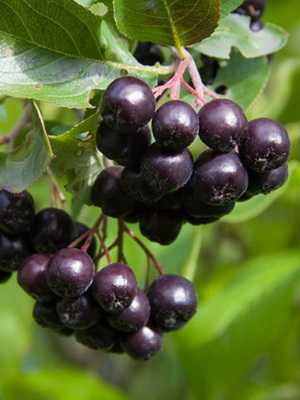
Nadzeya (Belarus)
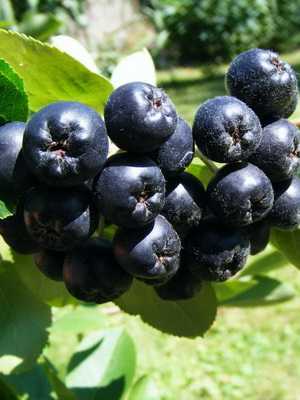
Altai large-fruited

Black-eared
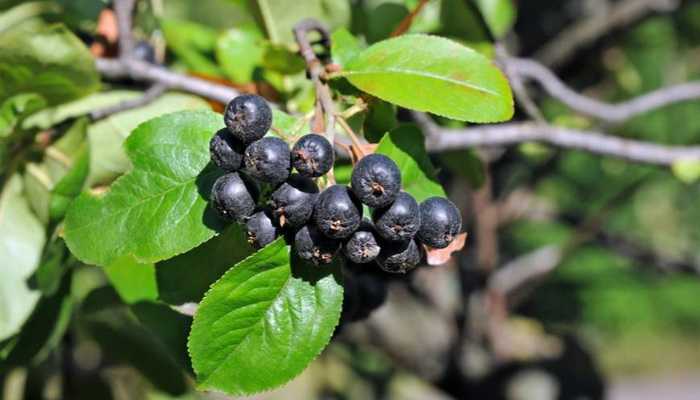
Chokeberry (Russia)
See how chokeberry of different varieties looks like:
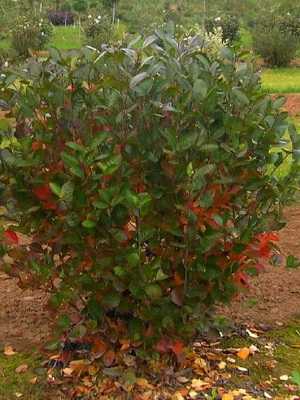
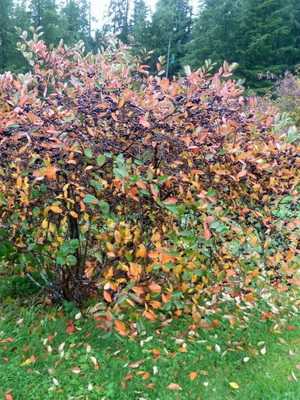
The yield of black chokeberry is high; about 10 kg of berries can be harvested from a bush aged three to six years. Such a high and uniform fertility over the years in comparison with other fruit shrubs is explained by the late flowering, and high frost resistance, and resistance to pests, and the indifference of birds to its berries.
How do chokeberry bushes survive the winter?
One of the most important economic and biological qualities of chokeberry, especially important for Siberia and the northern regions of the Non-Black Earth Region, and contributing to its popularity there, is its high frost resistance and low demand for summer heat. It can withstand frosts up to 36 degrees and can bear fruit up to the northern border of agriculture. For the ripening of chokeberry fruits, the sum of positive temperatures of 1550 degrees is sufficient, which is 1000 degrees less than, say, an apricot needs.
However, such firmness and hardening of the chokeberry, easily surviving the winter, is perhaps nothing to be surprised at. The northeastern, Atlantic coast of the United States of America, where the chokeberry naturally grows, is distinguished by cold, snowy winters and constant strong winds blowing from the Atlantic Ocean.
In severe winters, the fruit buds and branches of the chokeberry may freeze slightly.
Where does black chokeberry (chokeberry) grow?
At home, black chokeberry (chokeberry) grows where there are pebble, moraine deposits, peat bogs and sandy wastelands. It is stable even in climatic zones, even with very cool summers, although not poor in moisture. Already the first settlers from England, who appeared in these parts in 1584, paid attention to the useful and beautiful shrub. And by 1700, numerous “tart berries” were occasionally planted in the spacious homesteads of new settlers in New England. Scientists consider this year the official date of the introduction of the chokeberry into the primary culture. In 1821, Franklin Elliot, the founder of various horticultural associations, a scientist and popularizer of horticulture in the United States, gave a detailed botanical description of a plant called Aronia aronia.
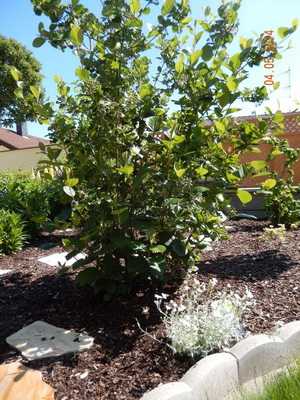
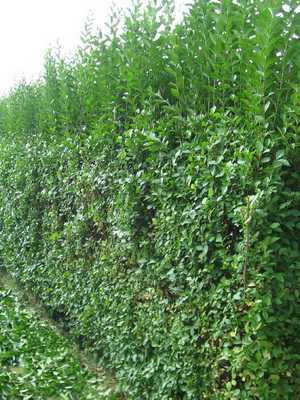
Foresters of Latvia, Lithuania, Ukraine and many other regions of our country have been successfully growing chokeberry in forest plantations for more than one year. Hunting experts recommend introducing it into the forests as a very effective feeding for valuable forest animals and game, forest ameliorators with the help of chokeberry cultivate waterlogged lands and eroded slopes, gardeners introduce it into garden landscapes, “knock out” the edges of decorative groups with dense bushes.
It can be said without exaggeration that the “black-fruited American” has found a new caring homeland in our country. It is all the more surprising that at home, in the United States of America, chokeberry has long been in the position of a kind of “Cinderella”, remaining not only for gardeners, but also for specialists a little-known and not at all popular wild plant. The loud fame of the chokeberry, associated with its “discovery” in the Soviet Union, literally swept over Western Europe, and finally reached its native North American continent. In the chokeberry, the fate of another old savage of North America, the sunflower, seemed to be repeated.
In its homeland, in North America, chokeberry grows in a wide variety of conditions – on the ocean coast, on the plains and in the mountains, on rocky soils and sand dunes, in forests and in swamps. The low demands on the composition of the soil reaches the point that it bears fruit even better on poor soils.
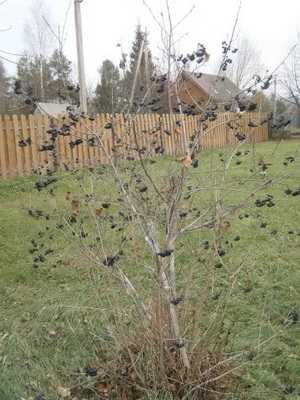
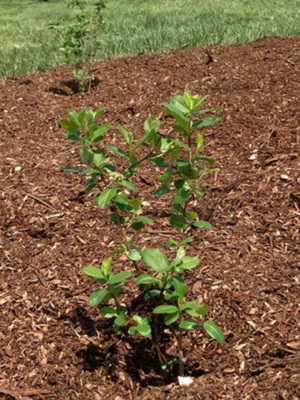
The chokeberry also inherited its ecological plasticity and high adaptability to any habitat. However, unlike the American chokeberry, our chokeberry is very cold-resistant, it easily tolerates winter frosts of 35–40 ° C.
When growing black chokeberry, it is imperative to take into account its requirement for environmental factors – high illumination. In partial shade, it blooms worse and bears fruit. That is why thickened plantings have a detrimental effect on productivity. On very fertile soil, the black chokeberry has a vigorous growth of shoots, while flower buds are laid in much smaller numbers.
Before planting chokeberry, keep in mind that it does not like dryness, especially during the ripening period – in the absence of moisture in sufficient quantities, the fruits are small and dry. It is not surprising that it is most common in the northern territories of Russia with increased moisture, up to Komi – these are Kirov, Vologda, Leningrad regions, where the combination of natural factors turned out to be optimal for the cultivation of chokeberry.
The next section of the article is devoted to how to properly plant a chokeberry in a personal plot.
How to properly plant chokeberry bushes
Chokeberry is demanding on soil moisture, light-requiring, it can be grown on slopes in all directions, except for the southern one. This shrub grows well on rich fertile soils, does not tolerate carbonate and soil salinity. Heavy loam and excessively fertile soil contribute to the intensive growth of shoots to the detriment of the harvest.

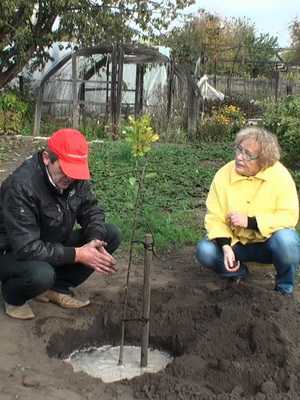
Planting and caring for chokeberry is not recommended on dry slopes, in closed basins, areas with a high level of groundwater. The ideal location will be one where in winter the snow will cover the bushes and protect them from frostbite, there will be natural or artificial protection from the wind. It is best to plant rowan in autumn or spring before bud break. An exception is Michurin’s chokeberry, which tolerates transplantation well, even with open leaves.
The area reserved for planting chokeberry is divided into rectangles. So that the bushes do not shade each other, the placement scheme between them should be 4 × 2 m.
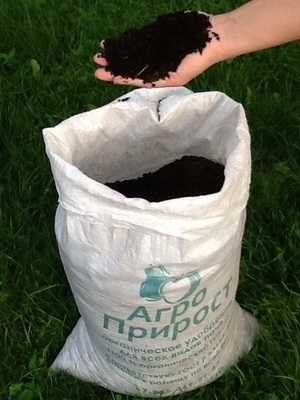

For successful cultivation and care of chokeberry, the site needs to be well fertilized, processed and leveled. When digging a hole, you need to set aside the upper fertile soil layer in one direction, and the lower one in the other. The top layer must be mixed with a bucket of humus, 60 g of potassium sulphide, 100 g of superphosphate. With this mixture, you need to fill the planting hole, after planting the seedling. When planting, the root collar must be buried somewhere 1,5 cm. After planting, water the seedling abundantly, then mulch the ground with humus, sawdust, dry soil. After planting, you need to cut the shoots of chokeberry to 4 healthy buds (about 20 cm from the soil surface) in order to get a strong growth. If the soil is contaminated with wheatgrass, the soil must be cleaned chemically. For this, 2-3 months before planting, the surface of the site should be sprayed with a solution of sodium trichloroacetate.
Chokeberry can be planted with seedlings and seedlings. Good seedlings have highly developed roots and therefore tolerate transplanting well without shortening the aerial part after planting. When planting, you should take into account the biological feature of chokeberry to give a lot of growth, so you do not need to plant the plants deeper than they grew in the nursery. Saplings differ from seedlings of the same age by a slightly smaller growth rate of the aerial part, root system and relatively weak branching. Therefore, it is recommended to prune the seedlings immediately after planting, leaving stumps 15–20 cm high with 5–6 buds in order to quickly get a strong bush.
In a small garden, it is enough to have one bush or grafted chokeberry tree, provided with a feeding area of 4 × 2 m.An chokeberry can be planted in autumn (about mid-September) or spring (around the end of April) with 2-year-old seedlings, keeping a distance between the bushes 2 –2,5 m so that they do not obscure each other. Chokeberry is a very light-loving culture.
How to care for chokeberry (chokeberry)
Caring for the chokeberry consists in watering and feeding, especially during the ripening of the fruits, as well as in the constant loosening of the tree trunks by mulching with humus, compost, peat, fertile soil.
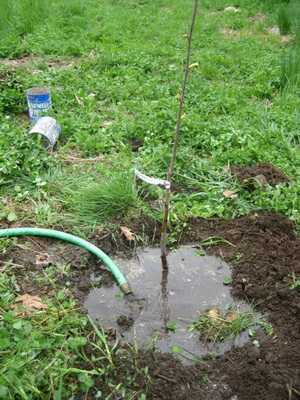
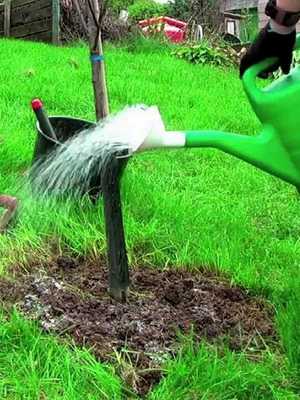
Aronia loves frequent watering. With a sufficient amount of moisture, the berries grow larger and the yield is higher – up to 7-10 kg per bush.
When growing chokeberry, up to 3 dressings are carried out per season.
The first feeding is done in the spring, when the leaves begin to bloom: 10 tablespoons of the Ideal fertilizer are diluted in 2 liters of water, 5–6 liters of solution are used for young bushes, and up to 20 liters for fruit-bearing ones.
The second top dressing is carried out at the beginning of flowering: 10 tablespoon of potassium sulfate and 1 tablespoons of Effekton-berry organic fertilizer are taken for 2 liters of water, watered at the rate of 8 liters per young bush, 20-25 liters per fruit-bearing one.
The third feeding is done after the final collection of berries (in autumn): 10 tablespoons of superphosphate and potassium sulfate are diluted in 2 liters of water, 10 liters are used for young bushes, and 20 liters for fruit-bearing ones.
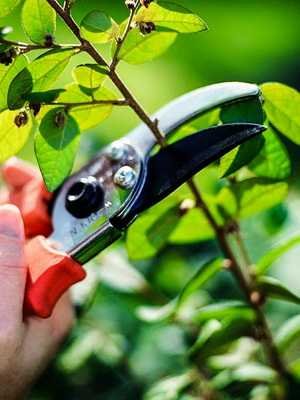

To care for black chokeberry as efficiently as possible, do not forget that with age, the bushes thicken strongly and require systematic thinning. Some gardeners prefer to grow this plant in the form of a beautiful tree with a rounded crown. To this end, they graft it on an ordinary mountain ash or hawthorn. The relatively shallow occurrence of the roots allows the use of chokeberry as a rootstock, for example, for pears, which is valuable in areas where the pear cannot grow due to the high location of groundwater or severe frosts.
Chokeberry is fruitful. Up to 3-5 kg of fruits are harvested from the bush. Fruiting begins in the 3-4th year. The fruits stay on the bushes for a long time, almost until frost, but they must be protected from birds.
Next, you will learn how to propagate chokeberry in your garden.
How to propagate chokeberry (chokeberry)
Chokeberry reproduces in the same way as most berry bushes: seeds, green and lignified cuttings, layering, offspring.
Now, perhaps, you will not find an amateur gardener who does not have at least two or three chokeberry bushes. In amateur gardening, where areas are limited, chokeberry is also grown in the form of a tree. To do this, it is most often grafted on the stem of the common mountain ash (in the “split” or “behind the bark”). After sufficient development of the grafting on a tall stem, a beautiful crown is formed, especially during periods of flowering, fruiting and autumn color. Such vaccinations can be done not only on mountain ash, but also on the trunks of hawthorn, cherry and even pear and apple trees.
Aronia has a high biological activity, well cuttings and takes root easily. Chokeberry trees can be grown from cuttings or by regularly removing the shoots and intensively pruning the branches on the stems left.
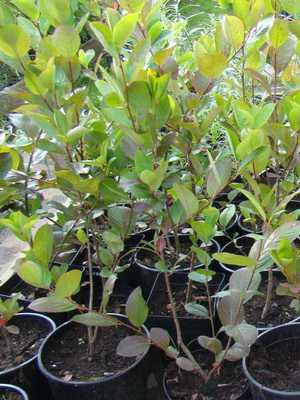
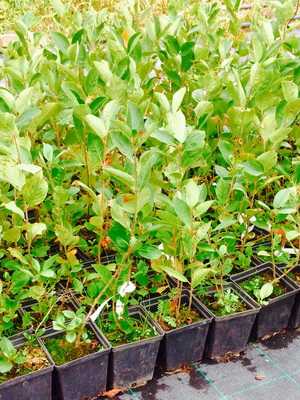
It is possible to propagate chokeberry, as practice shows, with seedlings. This is usually done in the fall. It easily reproduces by layering, offspring, dividing the bush. To provide one family with a harvest of berries, two or three bushes are enough.
Here’s how to prune a chokeberry to create a beautiful fruiting crown.
Growing and caring for chokeberry: how to cut chokeberry bushes (with video)
The crown of a young bush is compact and compressed, with age it becomes more spreading, reaching 1,5–2 m in diameter. Spreading crown of old bushes up to 3-4 m in diameter, in such a bush there are up to 50 different-aged trunks. Chokeberry can grow in one place for more than 30 years.
Young branches are cherry-red in color, annual shoots are red-brown or dark green, over time, the old trunks of chokeberry become grayish-black. Individual plant trunks live up to 15 years. Chokeberry is one of the fastest growing crops, the plants begin to bear fruit in 1-2 years after planting. Rowan blackberry blooms in May – June, inflorescences are located at the ends of the branches.
Large cuts when rejuvenating old tall shrubs are best treated with garden putties to prevent stem rot. They are superior in quality to traditional garden varieties.
Agrotechnology of chokeberry in its main part is similar to that of other berry crops, it necessarily includes pruning and shaping of bushes.
This mountain ash has a great ability to produce shoots. A young chokeberry seedling has only one stem, which in the 3-4th year begins to give new shoots from the root collar every year – root suckers. The next year, these annual shoots give their roots and begin to feed on their own. Therefore, you can plant the plant with root suckers that have their own root system.
Over the next years, the planted plants continue to grow and form. An outward sign of their satisfactory condition is the annual growth of branches by at least 20 cm.
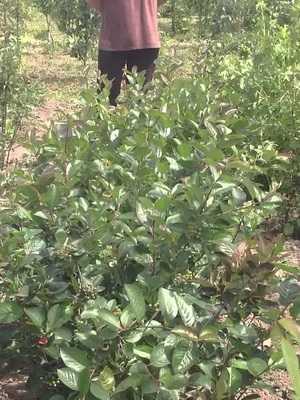

Chokeberry bushes are very fond of light, but have the characteristic property of over-thickening, which deprives the center of the crown of the bush of a normal level of illumination and access to sunlight. Therefore, starting from the 2nd year, the chokeberry bushes need formative pruning. Basal shoots should be strictly normalized in young bushes, cutting out weak and thin shoots every year to the very base, without leaving a hemp.
When forming a bush, a maximum of 10-12 strong skeletal shoots are left. Further, no more than 5-6 strong, conveniently located annual shoots are left annually. In the course of such formation, rowan bushes by the age of 9–10 years will consist of 50–70 trunks of different ages. The most productive branches are between 4 and 7 years old.
It is recommended to thin out the crown of a fruiting bush, starting from the 7-8th year of fruiting, annually cutting up to a third of old shoots (over 7 years old) at the soil level. You also need to cut diseased, weak, broken, dry and bare branches on the bushes. When pruning black chokeberry, strong annual shoots should not be shortened, since fruit buds are laid at their ends, their removal will lead to a strong decrease in yield.
Aronia branches retain high productivity up to 13 years. To extend the life of the plantations and long-term preservation of high yields, once every 4–5 years, starting from 10–11 years of age, rejuvenating pruning is carried out at half the height of the bushes. Old, fruiting branches are pruned at soil level, they bring too small berries. Leave no more than 20-25 strong shoots of different ages, this pruning stimulates the growth of shoots. As a result, there is an abundant growth of shoots, of the young basal shoots, only 10–12 of the most developed branches are left. After such a rejuvenating pruning, you need to start anew the shaping of the bush, thin it out, leaving the strongest young shoots.
When growing on the site of chokeberry, it is necessary to pay attention to the timely removal of shoots, which forms very quickly. If you do not regularly engage in plant formation, then the chokeberry bush quickly overgrows and simply spreads to the sides, which leads to a significant decrease in yield. Unnecessary root shoots are sometimes dug up and cut off at a depth from the mother roots. In especially advanced cases, pruning is carried out on a stump at a height of 10–20 cm from the ground. You can prune shrubs on a stump in late autumn or early spring, before the juices begin to move, as soon as the opportunity arose to approach the plant.
Old plants are somewhat weakened, they do not respond to the operation with a violent growth of growth. In order not to lose them at all, it is better to break this procedure into stages, dividing the total number of shoots in the bush into 3 parts. In the 1st year, the first third is cut, choosing the oldest branches and cutting them as evenly as possible. The next year, the second third of the branches are removed, and in the third year, the entire remainder of the old branches is removed. By this time, 3-year-old shoots have already grown and branched from the hemp of the year before last, and new annual shoots will grow from the hemp of the last year. As a result, the plant will remain in place, but will completely renew itself.
Of particular interest in terms of facilitating the work on the formation of the bush is the grafting of the chokeberry cuttings on the mountain ash, which avoids the abundant appearance of shoots. Inoculation is usually carried out at a height of about 1 m from the surface of the earth or below. Next, you can form the resulting plant in the form of a ball on a trunk of various heights. Small-sized grafted trees on a trunk are easier to care for and take up less space, they require an area for nutrition of 2,5 × 2 m.
Harvesting of chokeberry fruits
Drying is a very convenient and affordable way of harvesting chokeberry for future use. It helps to improve the taste of the fruit.

Chokeberry, in contrast to rose hips, should be dried at a moderate temperature (no more than 50-60 degrees), with sufficient ventilation. In this case, it is convenient to spread the fruits on large plywood sheets. In good sunny weather, you can also use air drying on the roof or flooring, while the fruits should be laid in a thin layer and stirred from time to time. The correct drying mode is indicated by the quality of the dried fruit after cooking. The intense dark red color of the broth indicates the good quality of the dry product and the high preservation of vitamin P. Some loss of vitamins during drying and storage of fruits is inevitable, but still, a 50-gram portion of well-dried chokeberry fruits fully provides a daily dose of vitamin P.

A good way to harvest chokeberry fruits for future use is to preserve them in their own juice. At the same time, pure fruits are poured into jars with pre-squeezed and warmed juice of its own, sterilized and closed hermetically. It is even easier to grind the fruits with granulated sugar in a one-to-one ratio. The correctness of the storage regime for all chokeberry processing products can be controlled by the nature of their color. An intense dark purple color indicates both the correct preparation method and normal storage conditions. This is also an indicator of the high preservation of vitamins in them. The appearance of an extraneous color – characteristic yellowness or brown bloom indicates the beginning of the breakdown of vitamin P.
Often the harvest of black chokeberry, harvested in personal plots, is managed by zealous owners to keep it fresh for a long time. For this, the fruits must be removed from the bush along with the stalks and even with several leaves. Brushes are laid out in a layer of 10-15 centimeters in the attic or in the shed, where the temperature is kept within a few degrees above or below zero. Chokeberry remains in this form at home until spring. Of course, it cannot do without losses. For example, if freshly harvested chokeberry fruits contain 3500 milligram-percent of vitamin P, then in January-February it remains about a third, and by spring at least 400-500 against 600 milligram-percent in fresh oranges.
How else is the chokeberry plant used?
Black chokeberry, as already noted, is a relatively moisture-loving breed. This feature is often used by foresters for the cultivation of waterlogged forest glades, boggy treeless spaces or areas where moisture is retained for a long time in the spring, after the snow melts, and in the fall, during the rainy season. Experience shows that chokeberry is quite suitable for afforestation of temporarily waterlogged areas. Such lands can also be found in the areas set aside for gardens. It is also good to use chokeberry here: neither apple, nor cherry, nor other garden species will give a significant effect under these conditions. By the way, the economic effect of chokeberry plantations is very impressive.
Another “consumer” of chokeberry is green building. We have already talked about the enviable, changing plumage of the plant several times a year. The leaves of the chokeberry do not fall off for a long time, retaining the original autumn color. Good chokeberry bush on the lawn or in the form of a small clump. Single standard specimens also look spectacular – free-standing trees obtained by grafting chokeberry on common mountain ash or hawthorn. Chokeberry is used in landscaping and in the form of hedges.
